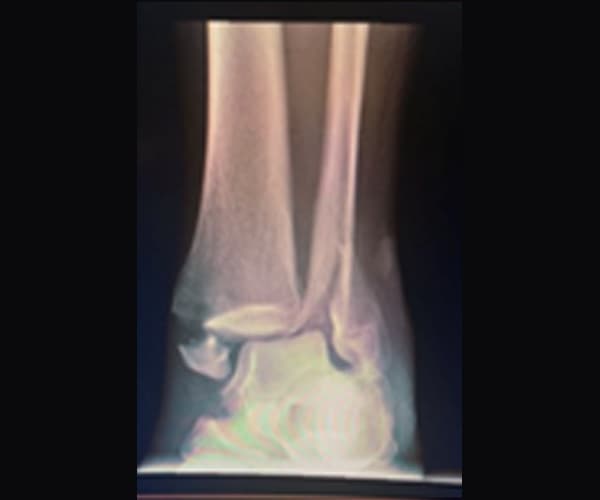Foot & Ankle Trauma
What is Foot & Ankle Trauma
Foot and ankle trauma encompasses a wide range of injuries to the lower extremities, often resulting from accidents, falls, or sports-related incidents. These traumatic injuries can lead to significant pain, swelling, and functional impairment. Common types of foot and ankle trauma include fractures, sprains, dislocations, and soft tissue injuries. It’s crucial to promptly recognize and address these injuries to minimize long-term complications. Key considerations for managing foot and ankle trauma include:

Foot and ankle trauma can have a significant impact on one’s mobility and overall quality of life, making proper diagnosis and treatment crucial for a full recovery.
Ankle Sprains
Ankle sprains are common injuries that occur when the ligaments that support the ankle are stretched or torn, typically due to sudden twisting or rolling of the foot. Proper management of ankle sprains is crucial for a swift and effective recovery.
The Rich acronym outlines key steps for initial treatment:
These initial steps can significantly aid in the recovery process, but it’s essential to consult a healthcare professional for a proper evaluation and treatment plan to ensure a full and safe rehabilitation.
Ankle Fractures
Ankle fractures refer to the breakage of one or more of the bones in the ankle joint. They can result from various traumatic incidents, such as a fall, a car accident, or sports injuries. The most commonly fractured bone in the ankle is the lateral malleolus, which is the bony prominence on the outside of the ankle. Fractures can also involve the medial malleolus (on the inside of the ankle) or the posterior malleolus (the back of the tibia). Ankle fractures can range from simple, stable fractures with the bones in good alignment to more complex, displaced fractures that may require surgical intervention.

The symptoms of an ankle fracture typically include severe pain, swelling, bruising, and difficulty bearing weight on the affected leg. Prompt medical evaluation and treatment are crucial for assessing the extent of the fracture, realigning the broken bones if necessary, and facilitating the healing process. Treatment options may involve casting, bracing, or surgery, depending on the severity of the fracture. Rehabilitation and physical therapy often play a vital role in helping patients regain strength and mobility in their ankles after an ankle fracture. Proper care and rehabilitation can significantly reduce the risk of long-term complications, such as chronic pain and instability in the ankle joint, and promote a successful recovery.
Request An Appointment
Need Help With Your Foot And Ankle?
